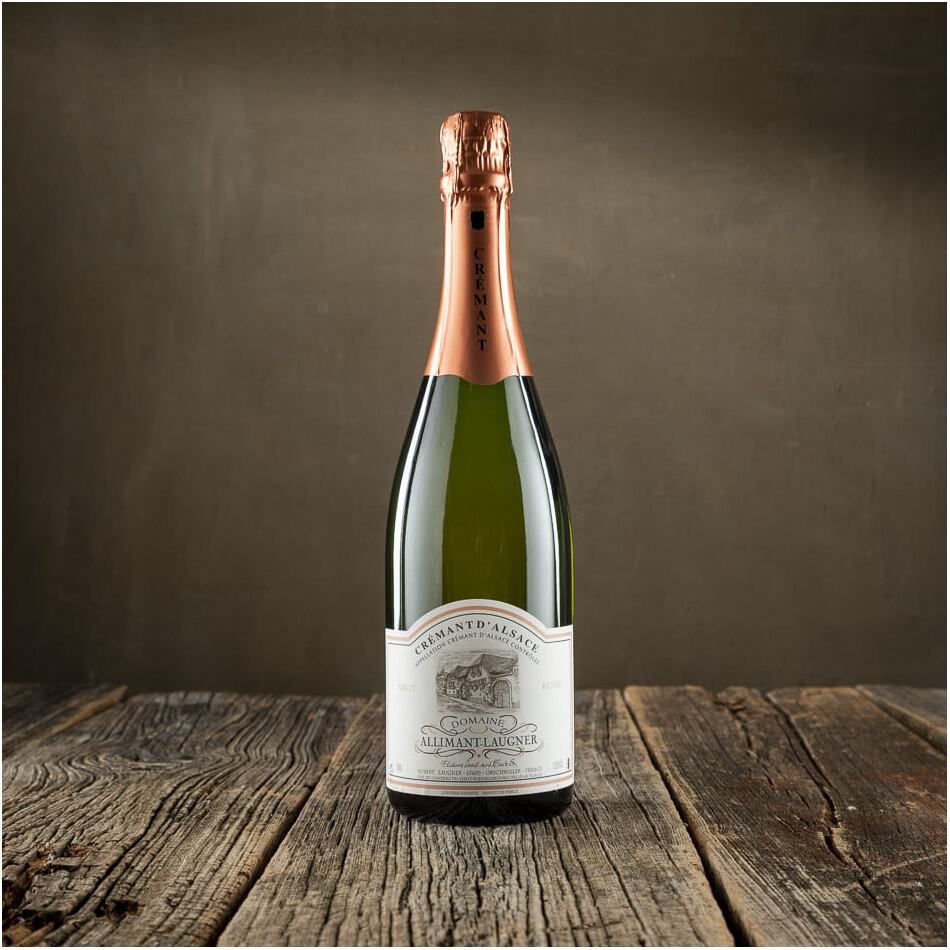
Over the past twenty years, Prosecco has evolved from being a slightly obscure Italian sparking wine – I remember serving it at parties in the late 1990s and no one had then heard of it – to being a mainstay of every dinner, drinks or hen party. The resultant ubiquity has taken the sheen off Prosecco’s glamour and certainly pushed the price up for quality Prosecco while flooding the market with cheap stuff of variable quality. However, for the savvy wine buyer, there are alternatives out there which most drinkers do not (yet) know about and which can provide spectacular value, high-quality fizz, and also without the sweetness that can overwhelm some bottles of Prosecco.
I think the best place to look at the moment is for Cremant, which is the name given to French sparkling wine that is made outside the Champagne wine region. Cremant goes through the same production process as the Champagne, to which the French append the term “methode traditionelle”. Without getting too technical, the key point is that secondary fermentation occurs in the bottle rather than in a large stainless steel vat or tank (like Prosecco). Wine connoisseurs contend that it is this secondary fermentation that gives Champagne and Cremant its character, often becoming fuller-bodied and with a nuttier or sometimes creamier taste. A DIY test (albeit a protracted one) can verify this – just put a bottle of decent non-vintage champagne in a damp cellar for ten years or more then taste it. It will have evolved into a less fizzy but much more epic wine.
There are eight regions in France that currently produce Cremant. This includes prominent regions such as Burgundy, Alsace, the Loire Valley and the famous region of Bordeaux. In addition to the huge regional variety the rules also allow for a vast number of different grapes to be used. As an example, Cremant d’Alsace is made from six different grape varieties including Pinot Noir, Pinot Gris, Riesling, Pinot Blanc, Auxerrois, and Chardonnay. Champagne on the other hand is dominated by chardonnay and pinot noir.
The complexity that is on offer is also of course a downside when looking to buy a bottle, so I recommend starting with Cremant de Loire, from the Loire Valley (obviously). Cremant de Loire uses the much underrated Chenin Blanc as the base grape and tastes at the creamier end, definitely without any harsh acidity or excess sweetness. I think this is the best quality-to-price ratio of any sparkling wine you can buy in the market today.
While specialist wine merchants, such as the always superb Berry Bros. & Rudd, have long offered these wines and are renowned for their expertise in selecting the best producers, the major supermarkets have spotted the trend towards Cremant and are now stocking it on their shelves.
Good current examples are an excellent Gratien & Meyer Cremant de Loire Brut on sale at Tesco for £12.50 a bottle, and at the moment Tesco also has the Rose Cremant from the same producer at the same price of £12.50, while Sainsbury’s has an own brand Taste the Difference Cremant de Loire at £11.50.
Why not see in the New Year with something a little bit different, and maybe a little bit better?